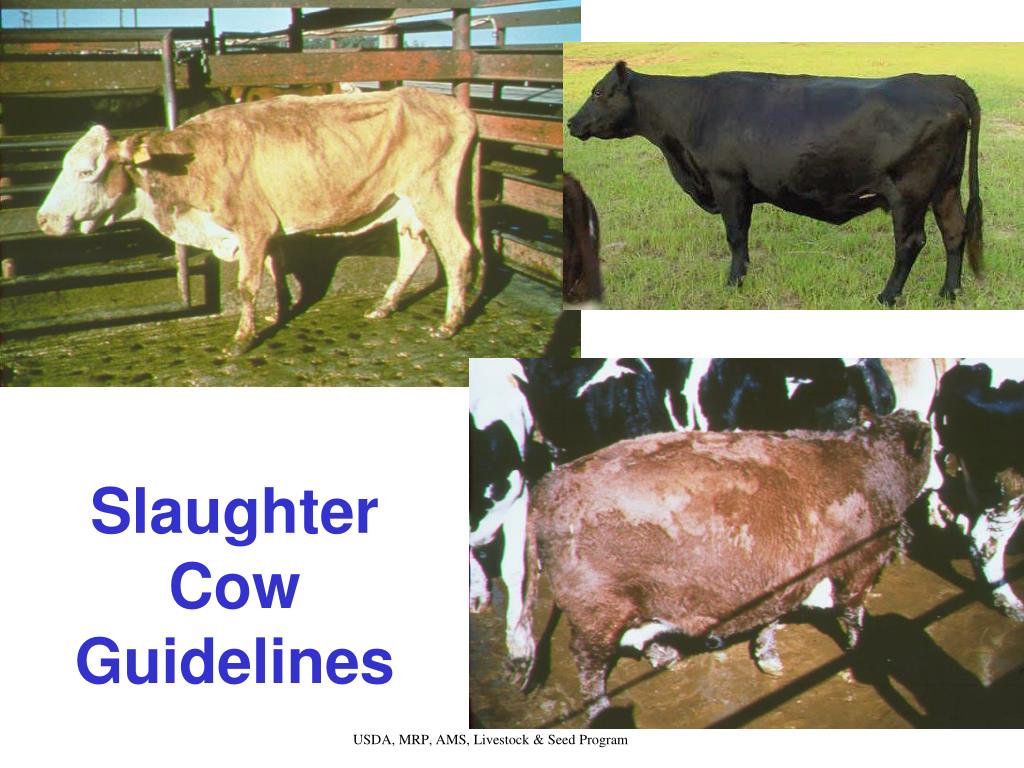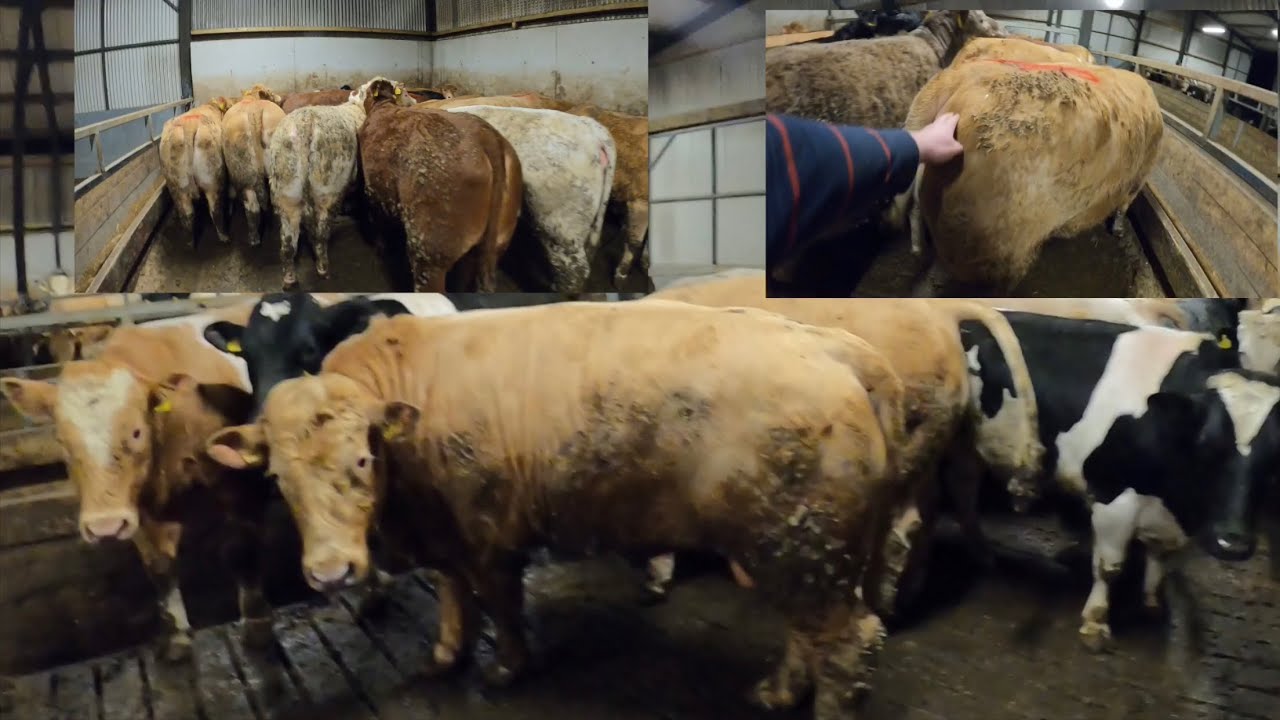When it comes to meat production, ethical considerations are more important than ever. For many, consuming beef is a dietary staple, but the methods behind how that meat reaches our tables should reflect our values. This guide aims to shed light on the practices that ensure cows are slaughtered humanely and responsibly. By understanding these methods, we can contribute positively to the farming industry while respecting animal welfare.
Understanding the Importance of Humane Practices

Humane practices in cow slaughtering are not just about compassion; they impact the quality of the meat and the sustainability of our agricultural systems. Here’s why they matter:
- Animal Welfare: Treating animals with respect and care is fundamental. Cows, like all creatures, experience fear and pain. Implementing humane practices minimizes their distress, allowing for a more ethical approach to meat production.
- Quality of Meat: Stress can negatively affect meat quality. Cows raised and slaughtered in a calm environment produce more tender, flavorful beef. A relaxed animal is less likely to have elevated cortisol levels, which can result in tougher meat.
- Consumer Demand: Today’s consumers are increasingly interested in where their food comes from. Many seek out meat from sources that prioritize humane treatment, which encourages farmers and producers to adopt better practices.
- Regulatory Compliance: Various laws and guidelines govern animal welfare in slaughterhouses. Being compliant not only avoids legal issues but also ensures that the operations are up to standard and promote ethical practices.
- Sustainability: Humane slaughter practices often go hand-in-hand with sustainable farming techniques. Farmers who prioritize animal welfare are more likely to engage in responsible land management and resource use, contributing to a healthier ecosystem.
To ensure humane slaughtering, several practices should be implemented:
- Pre-Slaughter Handling: Cows should be handled calmly and respectfully to reduce stress. Avoid loud noises and sudden movements.
- Effective Stunning: Methods such as captive bolt stunning or electric stunning should be used to render the animal unconscious swiftly before slaughter. This is crucial for minimizing distress.
- Training and Certification: Workers should be trained in humane handling and slaughter methods. Certification programs can enhance their skills and awareness of animal welfare.
In conclusion, understanding and implementing humane practices in cow slaughter is essential for ethical meat production. It enhances animal welfare, improves meat quality, meets consumer demand, ensures compliance with regulations, and supports sustainability. As we move forward, let’s advocate for and support methods that respect both the animals and the environment.
Also Read This: How to Learn History and Life Lessons Through Thoughtful Videos on Dailymotion
3. Preparation Before Slaughtering

Before embarking on the journey of slaughtering a cow, proper preparation is crucial for both ethical practices and ensuring the highest quality of meat. This step is all about setting the stage for a smooth process that respects the animal and produces safe, healthy meat.
Choosing the Right Location
Select a calm and quiet area free from distractions and noise. The environment should allow for easy movement and handling of the cow. Ideally, this space should be clean and equipped with proper drainage to manage any byproducts effectively.
Gathering Necessary Equipment
Make sure you have all the required tools ready. Here’s a quick checklist:
- Sharp knife for bleeding
- Stunning equipment (e.g., captive bolt gun)
- Hoisting gear for hanging the carcass
- Containers for collecting byproducts (blood, organs)
- Protective gear (gloves, apron, boots)
Understanding Your Cow
Know the cow’s temperament. Some cows may be more skittish than others. Spend a little time with them beforehand to assess their behavior. Calm animals make the process smoother and reduce stress for both the animal and the handler.
Health Check
Before proceeding, conduct a health check. Ensure the cow is healthy and free from diseases. Look for any abnormalities that might affect the quality of meat or pose health risks. If there are any concerns, it’s best to consult a veterinarian.
Emotional Readiness
Lastly, mentally prepare yourself. Slaughtering an animal can be emotionally challenging. Understand the gravity of the act and approach it with respect and care. A clear mind allows you to focus on the task at hand and maintain a humane approach throughout the process.
Also Read This: Curling Your Hair with a Straightener: Dailymotion Tips for Beautiful Curls
4. Step-by-Step Process of Cow Slaughtering
Now that you're prepared, let's walk through the actual process of slaughtering a cow. This is a delicate operation that requires precision and respect.
Step 1: Stunning the Cow
The first step is to stun the cow to ensure it doesn’t feel pain. Using a captive bolt gun, place the muzzle on the forehead and pull the trigger. The goal here is to render the animal unconscious instantly. Always check for reflexes to ensure the cow is properly stunned.
Step 2: Bleeding Out
Once the cow is stunned, the next step is to bleed it out. This is critical for meat quality. Use a sharp knife to cut the jugular vein and carotid artery. The animal will lose consciousness and blood will drain quickly. Ensure you do this efficiently to minimize stress.
Step 3: Skinning and Evisceration
After bleeding, hang the carcass by the hind legs. Start skinning by making incisions around the legs and working your way down. Be careful not to puncture any organs during this process. Once the skin is off, eviscerate by removing internal organs. Place them in separate containers for inspection or disposal.
Step 4: Carcass Inspection
Before proceeding further, conduct a thorough inspection of the carcass. Look for signs of disease or abnormalities. If everything checks out, you’re ready to proceed with the butchering process.
Step 5: Butchering
Now it's time to butcher the cow. Depending on your market or personal needs, divide the carcass into quarters and cut specific cuts of meat. Make sure to follow guidelines for meat handling and storage to ensure freshness.
Approaching slaughtering with preparation and care ensures the process is ethical, efficient, and results in high-quality meat. Remember, every step is a reflection of your respect for the animal and commitment to ethical practices!
Also Read This: How to Make Almond Cake Delicious Recipe Tutorial on Dailymotion
5. Post-Slaughter Care and Processing
Once the cow has been properly slaughtered, the next crucial phase is post-slaughter care and processing. This step is vital for ensuring that the meat remains safe, high-quality, and ethically produced. Here’s how to navigate this process effectively:
- Inspection: Immediately after slaughter, it’s essential to conduct a thorough inspection of the carcass. Look for any signs of disease or contamination. This is often done by a veterinarian or trained inspector.
- Hygiene: Maintain a clean environment throughout the processing. All equipment, surfaces, and hands should be sanitized to prevent bacterial contamination.
- Cooling: Rapidly cool the carcass to reduce the risk of spoilage. Ideally, the meat should be cooled to below 40°F (4°C) within hours of slaughter. This can be achieved through refrigeration or ice.
- Butchering: Once the carcass is sufficiently cooled, it’s time for butchering. Use sharp, sanitized tools to cut the meat into desirable cuts. Familiarize yourself with various cuts and their cooking methods to maximize the use of the entire animal.
- Packaging: Proper packaging is crucial for preserving freshness. Vacuum sealing or wrapping in butcher paper can help maintain quality. Label all packages with the cut, date, and any other relevant information.
- Storage: Store the meat in a temperature-controlled environment. Fresh cuts can last in the refrigerator for a few days, while frozen cuts can remain good for several months.
Remember, the goal is to treat the animal with respect even after its life has ended. Every step in post-slaughter care should reflect this commitment, ensuring that nothing goes to waste and that the meat produced is of the highest standard.
6. Legal and Ethical Considerations
When it comes to slaughtering a cow, understanding the legal and ethical considerations is paramount. These factors not only influence how the process is conducted but also affect consumer perceptions and market demand.
- Regulations: Familiarize yourself with local, state, and federal regulations governing livestock slaughter. This may include humane handling practices, slaughter methods, and food safety standards. For example, in the U.S., the Humane Slaughter Act mandates that animals be stunned before slaughter to minimize suffering.
- Animal Welfare: Ethical considerations center around the treatment of the animal before and during slaughter. Practices such as low-stress handling and ensuring a quick, painless death are crucial. Being certified by humane organizations can also bolster your reputation.
- Transparency: Consumers today are increasingly aware of where their food comes from. Be open about your practices—consider farm tours or sharing your animal husbandry techniques via social media. This transparency builds trust with consumers.
- Environmental Impact: Consider the ecological footprint of your operation. Sustainable practices, such as rotational grazing and waste management systems, can minimize your impact on the environment and improve your standing among eco-conscious consumers.
- Community Relations: Engage with your community to understand their values and concerns about meat production. Building strong relationships can lead to support and advocacy for your practices.
By remaining compliant with legal standards and adhering to ethical practices, you not only contribute to the welfare of the animals but also enhance the overall quality of your meat production. Ultimately, this conscientious approach can lead to a more sustainable and profitable operation.
 admin
admin








